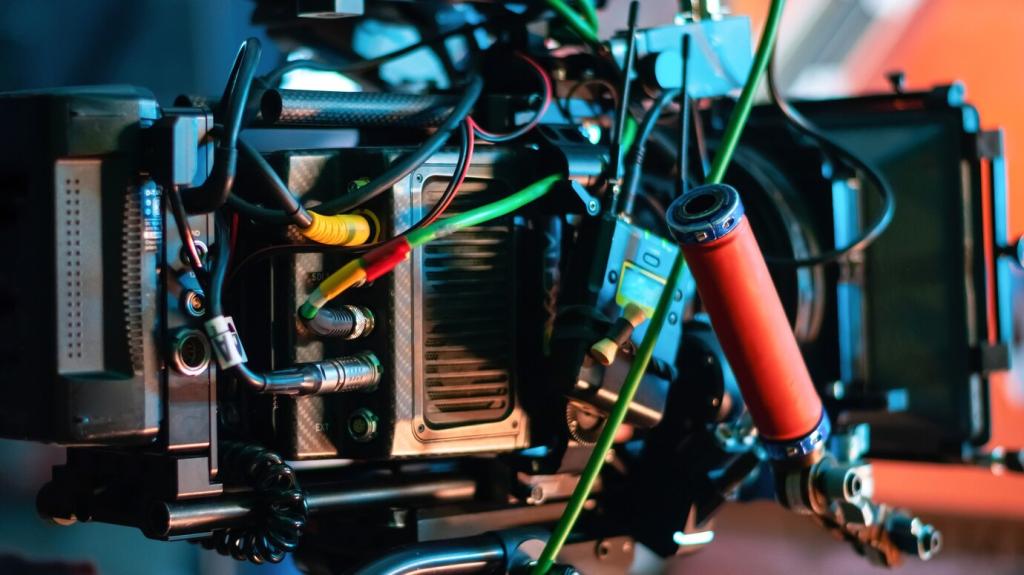
Arduino-Powered Smart Irrigation System
Experience the future of agriculture with the Arduino-Powered Smart Irrigation System. By merging robust automation with precision technology, this innovative solution enables optimal water management for gardens, farms, and greenhouses. Revolutionizing how we irrigate, it minimizes waste, promotes healthier plants, and offers significant time savings—all while being user-friendly and customizable. Discover how Arduino technology can transform your irrigation process, making it smarter, more efficient, and environmentally conscious.
Introduction to Smart Irrigation
The Evolution of Irrigation Techniques
Traditional irrigation methods have relied on manual operation or rigid timers, often leading to overwatering or underwatering, which can damage crops and waste resources. Introducing smart irrigation marks a tremendous leap forward, with sensors and controllers automating water delivery based on real-time data. The Arduino ecosystem brings this advanced control within reach of anyone, fostering a shift from inefficient practices to sustainable, data-driven water management.
Role of Arduino in Smart Agriculture
Arduino is an open-source microcontroller platform well-regarded for its flexibility and ease of programming. In the context of smart irrigation, Arduino serves as the central brain, collecting data from various sensors and triggering water flow only when needed. Its customizable nature allows users to scale solutions from small home gardens to large agricultural systems. By integrating additional modules like Wi-Fi or GSM, remote monitoring and control become possible, making it a powerful foundation for precision agriculture projects.
Environmental and Economic Benefits
Smart irrigation systems, especially those powered by Arduino, provide remarkable benefits for both the environment and users’ finances. Precision watering drastically reduces water consumption, conserving this vital resource and lowering utility costs. Furthermore, healthier, optimally irrigated plants yield more robust and profitable harvests. Reduced manual labor not only saves time but also minimizes the need for constant supervision. Altogether, adopting this technology represents a forward-thinking investment in sustainability and efficiency.
Key Components and Architecture
The backbone of any smart irrigation setup is a network of sensors that continuously gather critical data. Common sensors include those for soil moisture, temperature, and humidity, each feeding real-time information to the Arduino board. By accurately detecting when soil is too dry or sufficiently wet, these sensors enable the system to make intelligent watering decisions. Integrating multiple sensor types allows for deeper insights and greater adaptability, tailoring irrigation to specific plant needs, microclimates, and environmental fluctuations.
A smart irrigation system must not only detect when to water but also control the delivery of water. Actuators such as relays or solenoid valves are triggered by the Arduino based on sensor input, directing water to targeted zones only when necessary. These mechanisms make it possible to automate the watering process reliably, ensuring precise amounts reach the roots. Advanced setups may also include adjustable flow rates, drip irrigation lines, or multiple zone control, all coordinated by the microcontroller for maximum efficiency.
At the heart of this smart irrigation system lies customizable control logic programmed onto the Arduino. This logic interprets data from sensors, compares it to user-defined thresholds or algorithms, and activates irrigation hardware in response. Users can fine-tune parameters to suit various soil types, plant species, or climate conditions, ensuring precise water management. Additionally, programmability opens the door to advanced features like scheduling, historical data analysis, and remote alerts, making the system highly adaptable and future-ready.
Implementation and Customization
Step-by-Step Setup Process
Implementing an Arduino-powered smart irrigation system begins with assembling hardware components—such as sensors, valves, water pumps, and the Arduino controller itself. Precise placement of sensors in the soil ensures accurate readings, while correct wiring guarantees reliable operation. The next step involves programming the Arduino to interpret sensor data and control actuators. Initial setup often requires testing various parameters to ensure the system responds correctly to environmental changes, laying a solid foundation for optimal irrigation.
Tailoring for Diverse Applications
No two gardens or farms are identical, which is why customization is a cornerstone of any successful smart irrigation system. Arduino’s flexibility allows for the addition or removal of sensors, adjustment of watering schedules, and integration with other platforms like weather stations or smart home devices. Whether managing a row of tomato plants or an expansive vineyard, users can adapt the system’s architecture and software to cater to their specific crop requirements, regional climates, and even unpredictable weather patterns.
Integration with Other Technologies
The benefits of Arduino-powered irrigation systems can be amplified by integrating additional technologies. Connecting the system to wireless networks enables remote monitoring and control through smartphones or computers. Advanced features such as weather prediction APIs, cloud data storage, or even machine learning algorithms can be incorporated to further improve efficiency. These integrations empower users with real-time insights, automation, and the ability to respond proactively to changing conditions, pushing the boundaries of what smart irrigation can achieve.
